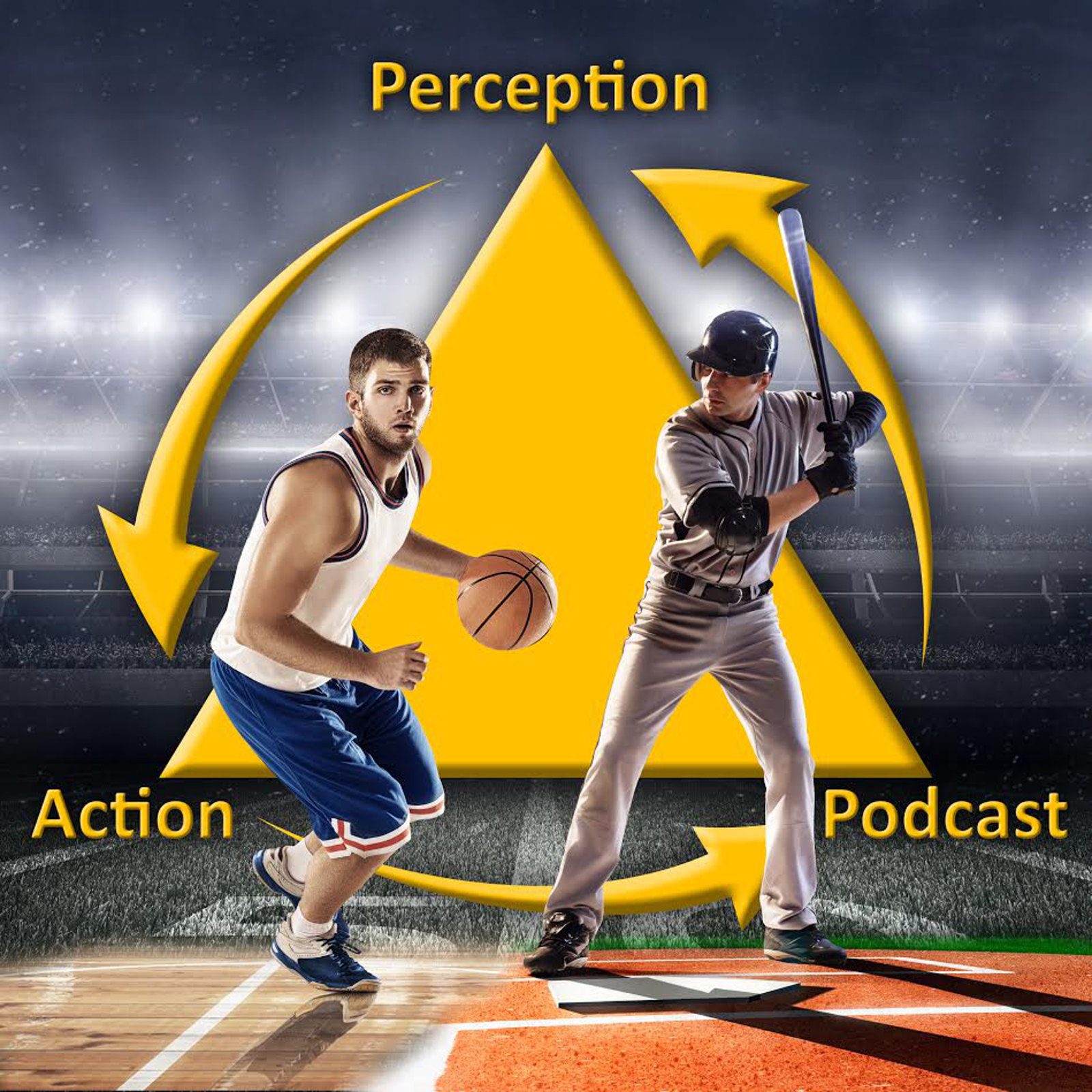9
How do we know how well a new training program or piece of sports equipment is working? Is looking at how performance changes in practice (by plotting a “learning curve”) really the best way to assess skill acquisition. No, no it isn’t. In this episode I make the case for going off the learning curve in favor of other ways of measuring skill learning in sport.
Technically Challenged: Review of motion tracking system by Inertia Technology
Download link
Key Points:
• A learning curve is a representation of the relationship between how much we have practiced and how well we are performing. They typically have a very characteristic shape. When you first start practicing the curve tends to be very steep as you have very large improvements in performance from week to week. But then things slow down…as you continue to practice your rate of improvement decreases dramatically. This effect is referred to by researchers as the power law of practice.
• Despite their name, learning curves are not necessarily a good representation of skill acquisition because they doesn’t always tell us how well an athlete will perform in the future (i.e., what they have learned).
• A good example of this is the contextual interference effect. When an athlete trains under blocked conditions (performing the same skill over and over) they usually perform better during training as compared to those that do random practice (alternating between different skills). However, it has been shown in several studies that random practice leads to better retention (i.e. the ability to perform the skill sometime after training) and transfer (i.e., the ability to perform a slightly different skill than the one your trained) of skills.
• The Elaboration Hypothesis proposes that the reason this occurs is that random practice leads to the development of more elaborate proceduralized memories
• The difference between random and blocked practice in much smaller when you measure real sports skills as opposed to simple lab tasks
• Learning curves are also sensitive to temporary variables such as the athlete’s level of fatigue on the day of training, their mood, their motivation etc.
• It is critical to include retention trails in a training study so you can really assess long term learning
• Other ways to assess learning (instead of plotting performance changes during practice) include: (i) evaluating how well the learner can handle secondary tasks which draw their attention away and (ii) measuring efficiency or economy, that is how much effort (e.g., muscle activity, oxygen consumption) is required for a given performance level
Articles:
- Contextual interference effects on the acquisition, retention, and transfer of a motor skill
- Contextual interference: a meta-analytic study
- Practicing Field Hockey Skills Along the Contextual Interference Continuum: A Comparison of Five Practice Schedules
- Increased movement accuracy and reduced EMG activity as the result of adopting an external focus of attention
More information:
My Research Gate Page (pdfs of my articles)
My ASU Web page
Podcast Facebook page (videos, pics, etc)
Twitter: @Shakeywaits
Email: robgray@asu.edu
Credits:
The Flamin’ Groovies – Shake Some Action
Minimal Damage – Learning Curve
Jenny O – Learned My Lessons
Greg Houwer – Slow Learner
Pablo – Learn a Lesson
Golden Blondes – Skilled
Beans & Bullets – Love Machine
via freemusicarchive.org and jamendo.com
